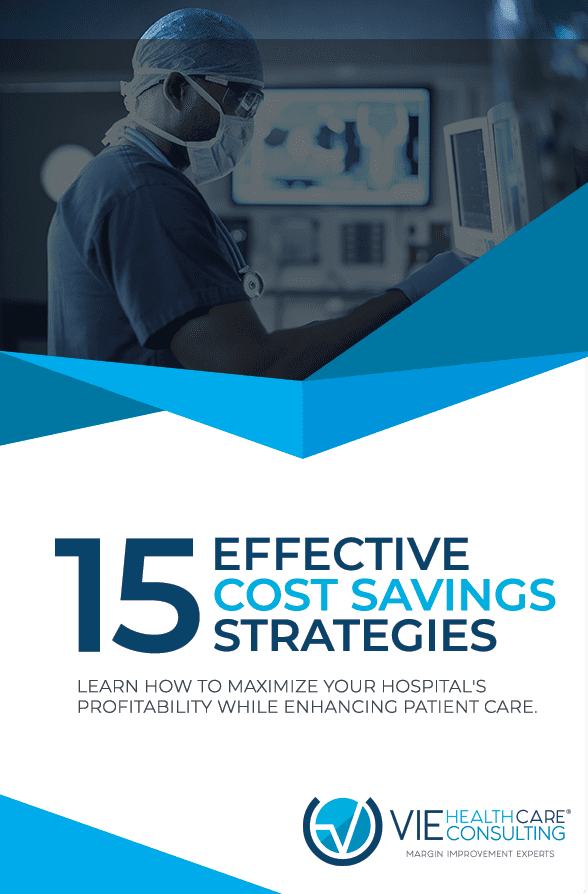The Top Priority of Healthcare Systems’ Agendas
This article was written by Jim Cagliostro.
The challenge of patient engagement in healthcare has been prioritized at the top of some healthcare systems’ agendas, while seemingly going unnoticed in others.
The problem lies in communication.
We live in an age where countless forms of communication are available at our fingertips. We possess the ability to effortlessly exchange opinions, ideas, facts, and data instantly. And yet, the problems so eloquently expressed by Paul Simon back in 1964 of “people talking without speaking” and “people hearing without listening” remain.
Healthcare in the US has not escaped this dilemma. Regardless of the lack of focus on patient engagement historically, research shows that “patient satisfaction and quality outcomes are improved when patients become actively engaged in their own healthcare.”
Improving patient engagement has also been linked to substantially reducing healthcare costs.
Improving patient engagement has been linked to substantially reducing healthcare costs. Click To Tweet
What is patient engagement?
Patient engagement, which is dynamic and multifaceted, can be defined as simply as patients and providers working together to improve a patient’s health.
Historically, the relationship between provider and patient has been an authoritative one in which the provider talks while the patient listens and acts accordingly. This model may prove effective in some environments and cultures, but not within the context of US healthcare.
Disease processes, diagnoses, and treatments may often follow a similar path in multiple patients’ experiences, and healthcare providers are indeed the experts in these challenging scenarios. However, every individual and family responds to these issues in a wide variety of ways.
The goals, desires, and coping methods may vary greatly from one patient to the next and some patients respond better to treatments than others.
Potential barriers to engagement
Barriers to engagement can arise from both the patient and the physician.
1: The patient

Patient care must be personalized, but at the same time, physicians must be aware of potential barriers to engagement.
Not only do physicians need to communicate effectively to empower their patients, but they must ensure that the patient understands the information being provided to them, without feeling overwhelmed. Many patients prefer to simply know ‘the basics’ while others request every detail relating to their diagnosis, treatment and likely prognosis.
Regardless, the goal of physician and patient interaction should be shared decision-making which is affected by a number of factors, including:
Cultural background: Patients may come from a culture that doesn’t question medical advice.
Education level: A poor level of education may prevent patients from understanding disease processes or treatment options.
Cost consideration: Cost can become a huge barrier to seeking appropriate treatment.
Personal motivation: Some patients may simply not have the motivation or discipline to take the essential steps to recover their health. Physicians may wish to involve family and friends and to address any psychosocial needs in this instance.
If physicians wish to promote shared decision-making, they must be aware of these potential barriers and develop strategies to help patients overcome them.
2: The physician
Physicians also face their own barriers to encouraging patient engagement, for example:
Lack of training: Patient engagement is a relatively recent phenomenon in US healthcare and some practicing physicians may benefit from training. Courses such as the Patient Engagement Program offered by Johns Hopkins are great ways to address this issue.
Lack of incentives: Measuring and quantifying patient engagement also creates a challenge when trying to identify ways to incentivize physicians to promote patient engagement. One solution is to work with insurance companies who value patient participation. The Blue Quality Physician Program ‘’allows independent primary care practices to earn higher reimbursements by demonstrating better accountability to patients and improving in areas such as cultural competency.”
They believe that “health insurance is often the common denominator between various stakeholders in the healthcare system, and it is uniquely positioned to improve the healthcare ecosystem…and to promote patient engagement”
Time constraints: Healthcare providers often lack sufficient time to allocate more than 10 or 15 minutes with each patient. Solutions to this dilemma could include training office staff and using technology to promote patient interaction and engagement without needing to carve more time out of their day.
Measuring patient engagement

The best way to evaluate your organization’s patient engagement is to ask your patients.
Physicians may believe they are doing an excellent job in providing appropriate education and empowering patients to actively participate in their own care, but the patient may feel overwhelmed, unfit, or unable to take the first steps towards engagement.
According to MD Magazine, “Feedback is a critical component of successfully doing business today. If you don’t know what your customers are thinking, feeling, wanting, or needing, virtually every business decision you make can be pure speculation. For medical practices, patients are your customers, and gathering their feedback is essential to improving their healthcare experience. It’s also the best way to convince healthcare professionals of the need to institute change.”
In the shift towards value-based healthcare, improved patient engagement means greater patient satisfaction, better patient outcomes, and a reduction in healthcare costs.
What are you doing to promote patient engagement?
For a complimentary consultation, call our office today at 1-888-484-3332, Ext 500 or email us at info@viehealthcare.com.



